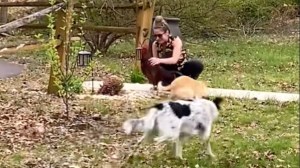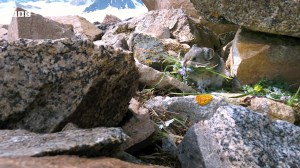Blake de Pastino of PBS Eons looked back at the unfortunate Dodo bird, a now-extinct flightless fowl species thought lazy and dumb. As it turns out, they were very much the opposite and, as was later discovered, perfectly suited to their environment.
Climatic instability and extreme weather events, like cyclones and droughts, were common. So the fact that dodos, as a species, were able to survive and thrive under these kinds of repeated challenges over evolutionary time meant that they must have actually been pretty resilient and well-adapted to their unpredictable home.
These adaptations include physiological and temperamental, as modern DNA testing proves.
And the more-complete skeletons from this swampy bone-bed even revealed that the birds had a number of impressive adaptations for their environment. For example, they had strong legs, which would have helped them get around in their mountainous environment. And they had big skulls that housed a pretty large brain with well-developed olfactory regions, suggesting they had a good sense of smell.
The Dodo, unfortunately, went extinct due to its inability to reproduce at a high rate, and the arrival of humans didn’t help matters in the least.
You see, dodos had one key vulnerability that may have spelled their downfall – an Achilles heel,…They only laid one large egg at a time, and on the ground too, rather than hidden away in some treetop nest. And when people arrived on Mauritius, we brought a couple of very egg-hungry …pigs and rats.






